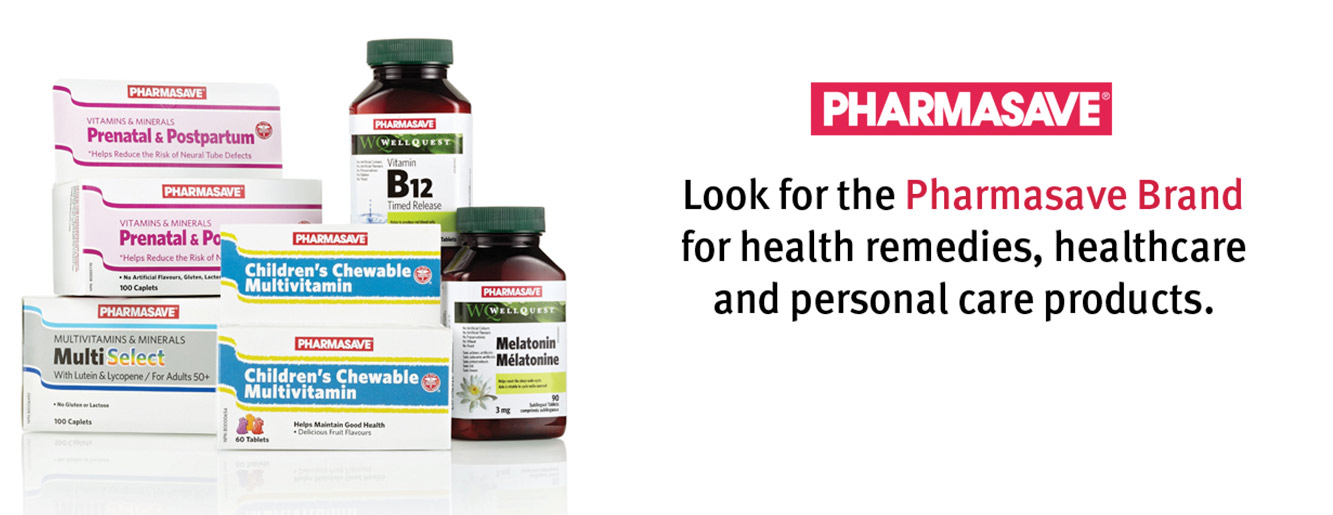
COPD (Chronic Obstructive Pulmonary Disease)
The Facts
Chronic bronchitis and emphysema are together called chronic obstructive pulmonary disease, or COPD. This is a chronic condition where not enough air enters or leaves the lungs.
In chronic bronchitis, the airways (or bronchi) that connect the windpipe and the lungs become inflamed and swollen. The airways become narrow and are clogged up with thick mucus, called phlegm. Chronic bronchitis may be found together with emphysema, in which destructive changes of the air sacs in the lungs cause them to become larger, reducing the surface area where oxygen exchange takes place. Both diseases make it difficult to breathe.
It’s a very common condition, especially among people who smoke. More than 700,000 Canadians have COPD. In the United States, about 12 million are affected with this condition. COPD is the fourth leading cause of death in both Canada and the United States. More women than men have COPD, except in the age category above 75.
Causes
Smoking is the main cause of COPD. It causes the airways to produce excess mucus that lines the walls of the airways, making the air passages very narrow. This makes it easier to get a bronchial infection. An infection can cause even more damage to the airways by causing more mucus production.
Less common causes of COPD include a rare genetic disorder called alpha-1 antitrypsin deficiency, air pollution, exposure to occupational dusts and chemicals, and frequent lower respiratory infections during childhood.
Symptoms and Complications
People with chronic bronchitis may cough up phlegm almost every day.
It is common for someone with chronic bronchitis to persistently cough and wheeze when breathing. It is also common to feel short of breath. Low oxygen in the blood due to the decreased ability to diffuse oxygen across the air sacs may cause the lips or fingernails to become bluish in colour.
COPD can lead to heart failure, as the heart has to work harder to pump blood into the lungs. When the heart fails to pump blood properly, it collects in the blood vessels of the legs and ankles and causes them to swell – this is called edema.
Sometimes you may become housebound because of breathing difficulties, even when doing simple tasks such as getting dressed or washing.
If you have COPD, it is likely that you may catch one or two infections every winter. You may also occasionally cough up blood. If this happens, it may be a sign of a more serious problem and it’s important to see your doctor.
Making the Diagnosis
Your doctor will test to see how much air you can forcefully exhale in one second. These pulmonary, or lung breathing, tests are simple and painless. If you exhale less than normal, your airways are inflamed, in spasm, or clogged up with mucus. If this persists, then you may have COPD.
Treatment and Prevention
Even with treatment, COPD often becomes progressively worse. The only treatment to slow the progression of COPD is stopping smoking. Lung function deteriorates with age, and it happens much faster if you’re a smoker.
Your doctor may prescribe medications called short-acting bronchodilators, including salbutamol*, ipratropium bromide, or a combination of the two, which relax and widen the bronchi and help relieve shortness of breath.
If symptoms are persistent, treatment with long-acting bronchodilators such as tiotropium, salmeterol, or formoterol can be added. If there is any inflammation present (not as common in COPD as in asthma), your doctor may suggest that you try inhaled or oral corticosteroids to help with breathing.
There are also medications available that combine long-acting bronchodilators with inhaled corticosteroids. Your doctor may also prescribe antibiotics for you to keep at home in case a bacterial lung infection develops.
Since influenza (the flu) may make COPD symptoms worse and can lead to respiratory failure, it is recommended that people with COPD receive the annual flu vaccine. Some people with COPD may also benefit from receiving a pneumococcal vaccine to lower their risk of getting pneumonia (lung infection), which can also lead to complications. Talk to your doctor about receiving these vaccines.
Inhaling oxygen from oxygen cylinders or an oxygen concentrator for least 15 hours a day may also be helpful for some people with COPD. Finally, drinking plenty of fluids throughout the day can help loosen phlegm buildup.
Exercise with or without a formal physiotherapy program can improve a person’s quality of life and activities. A healthy nutritional intake is important, as weight loss due to the increased work of breathing presents a serious sign of advancing COPD. Lung reduction surgery or lung transplantation can also be considered in extreme cases.
*All medications have both common (generic) and brand names. The brand name is what a specific manufacturer calls the product (e.g., Tylenol®). The common name is the medical name for the medication (e.g., acetaminophen). A medication may have many brand names, but only one common name. This article lists medications by their common names. For more information on brand names, speak with your doctor or pharmacist.
All material © 1996-2013 MediResource Inc. Terms and conditions of use. The contents herein are for informational purposes only. Always seek the advice of your physician or other qualified health provider with any questions you may have regarding a medical condition.

